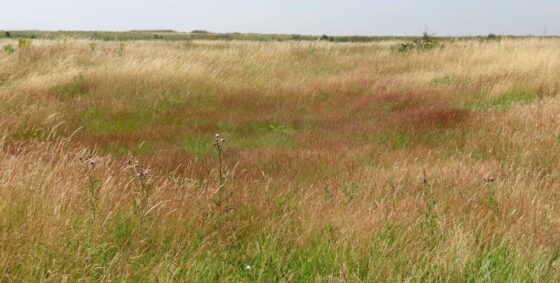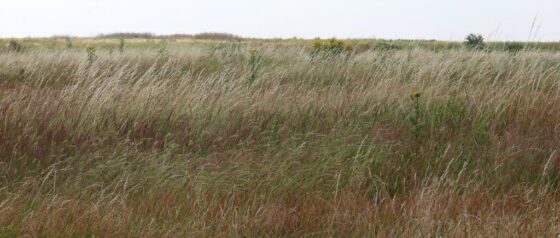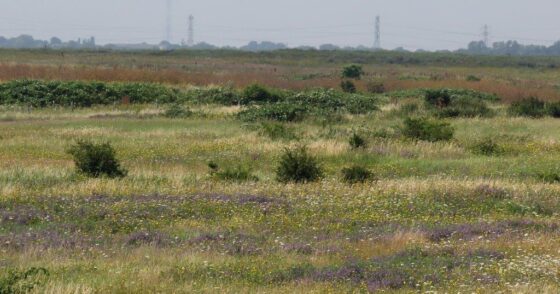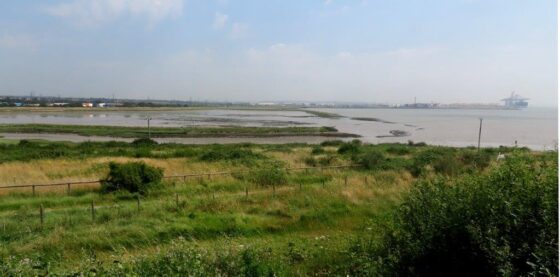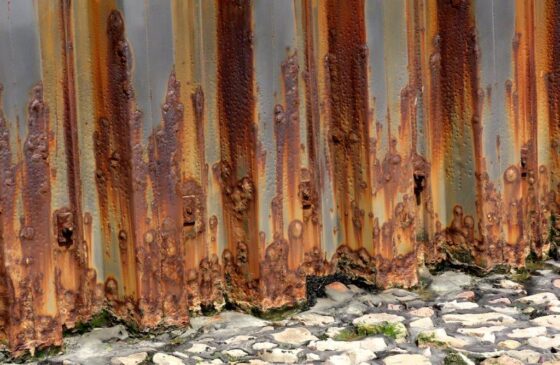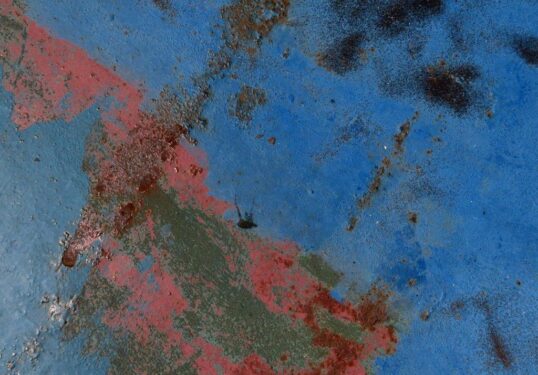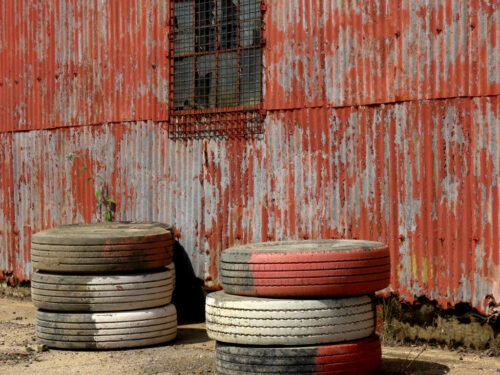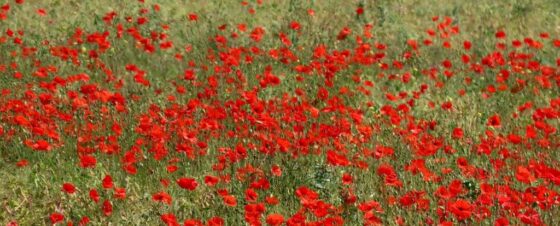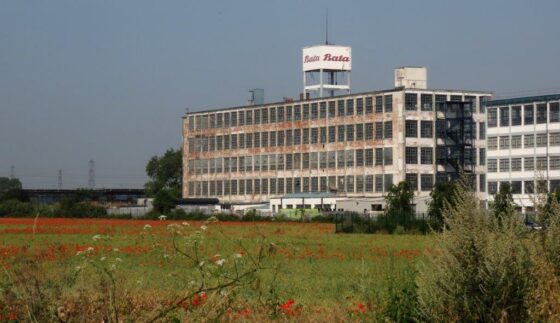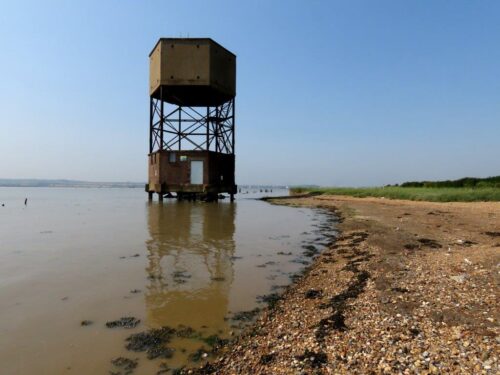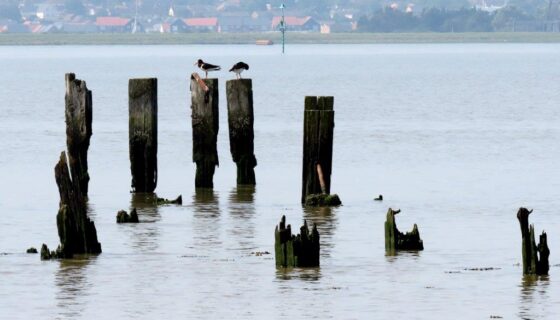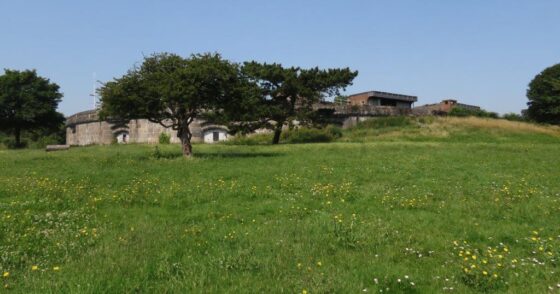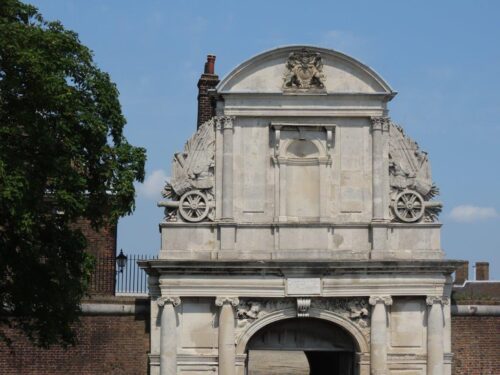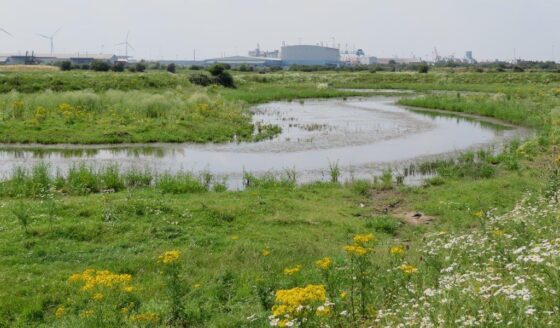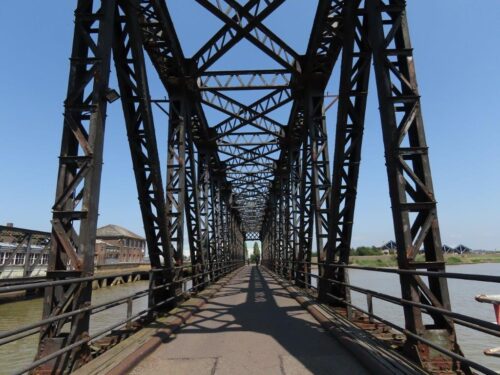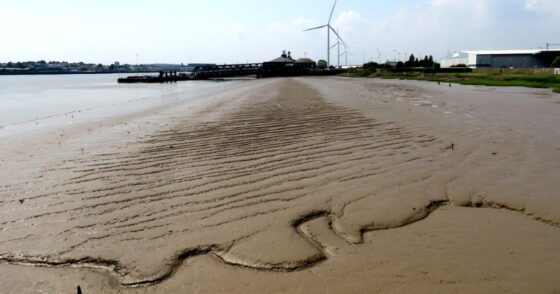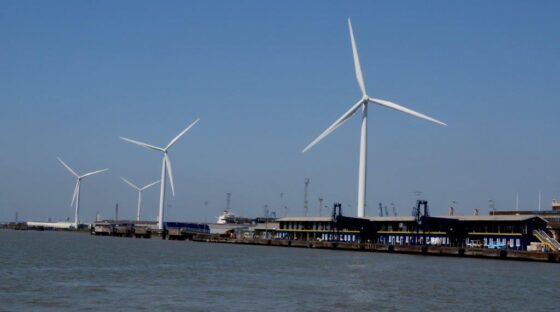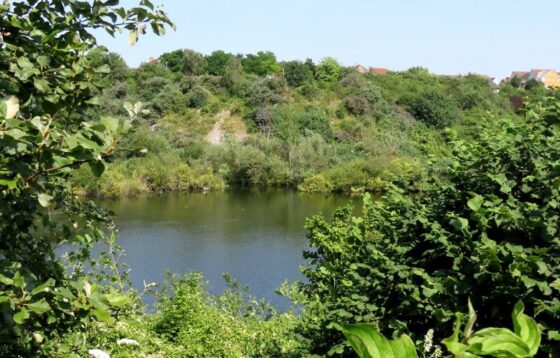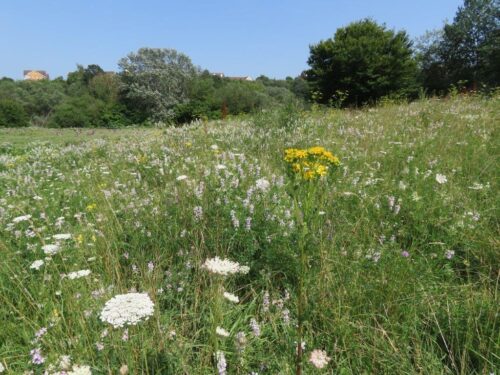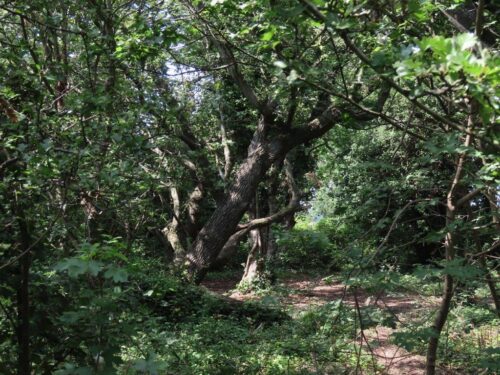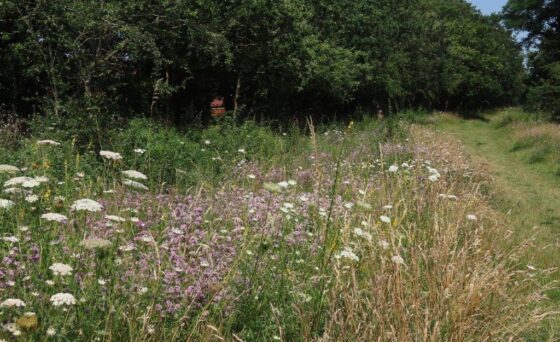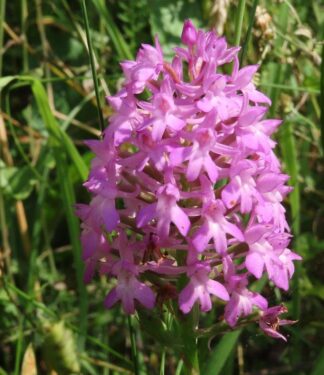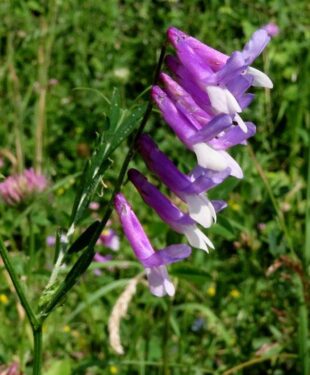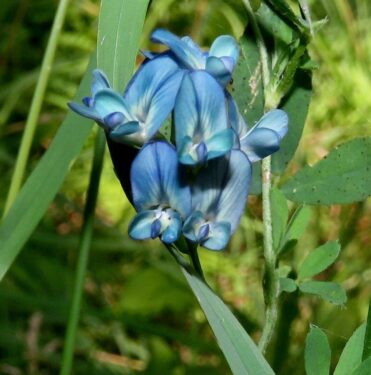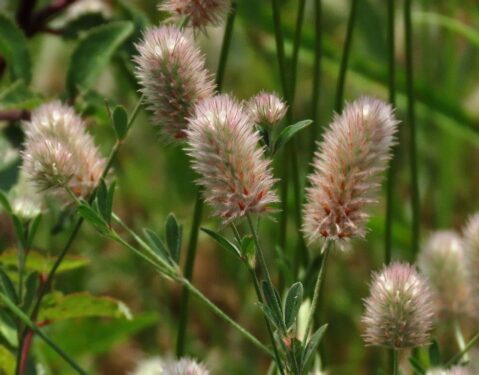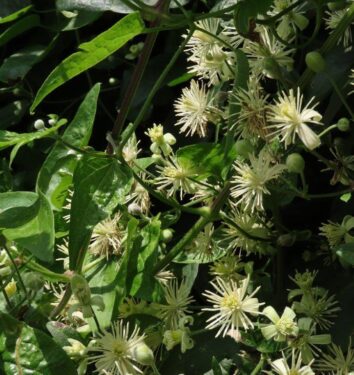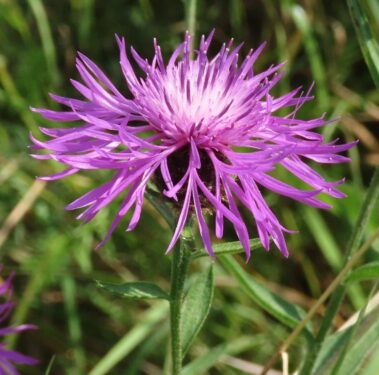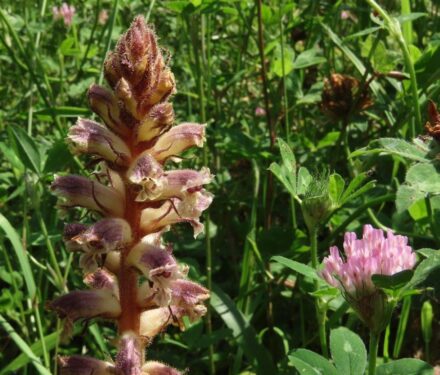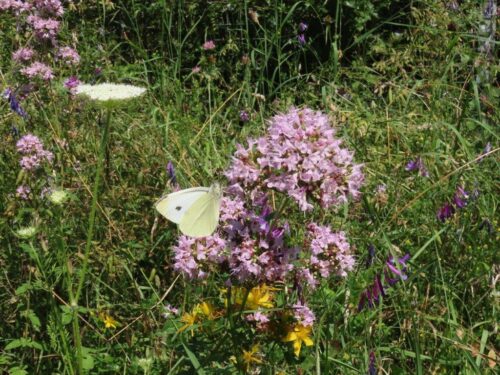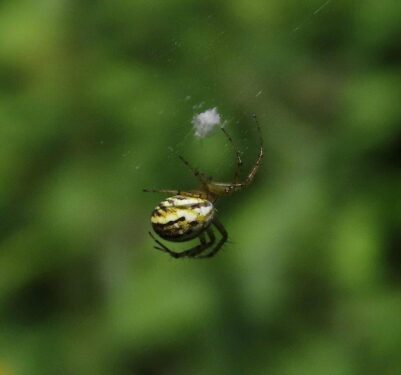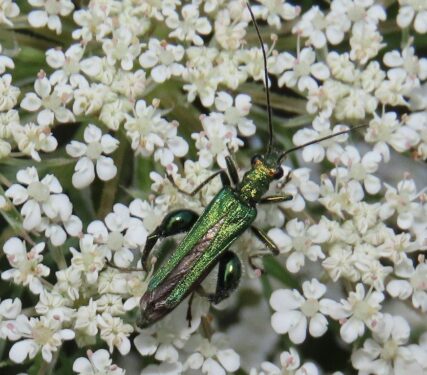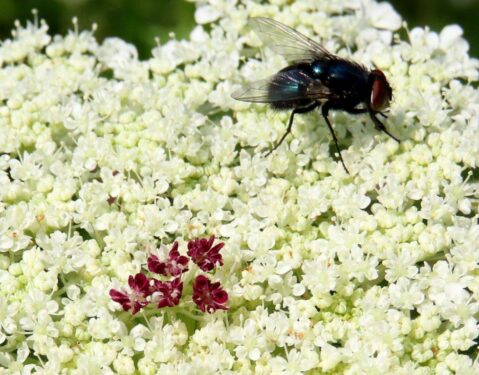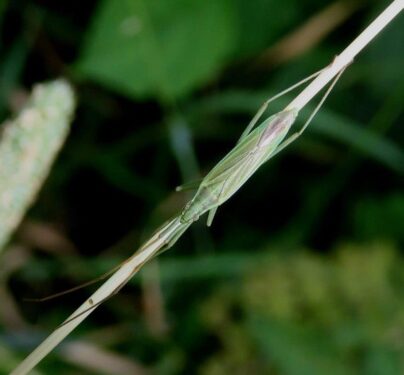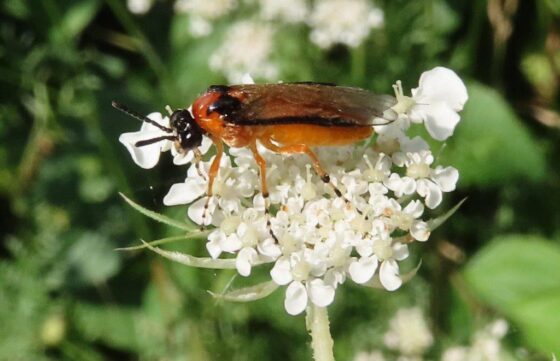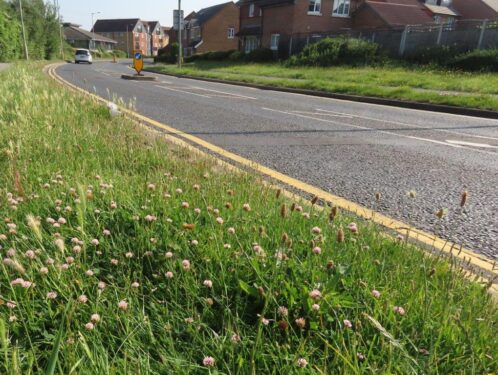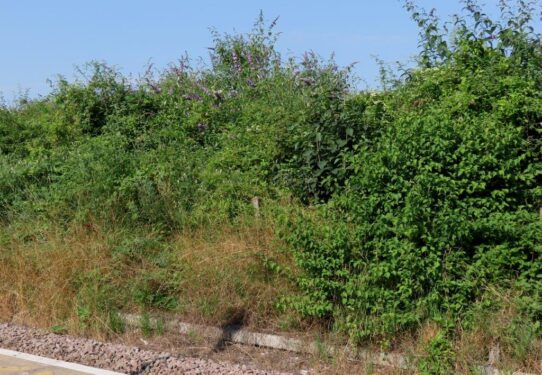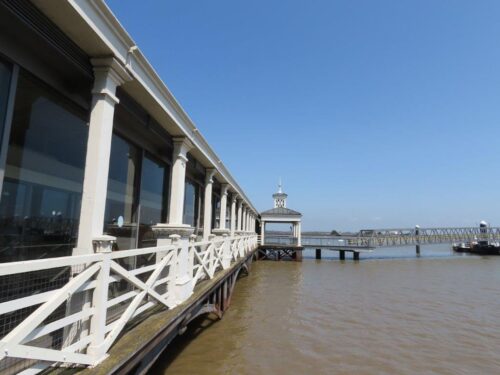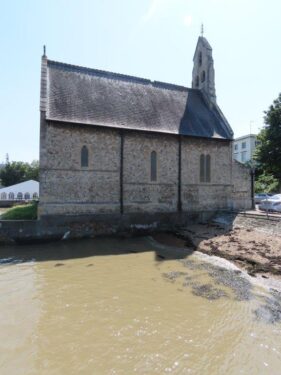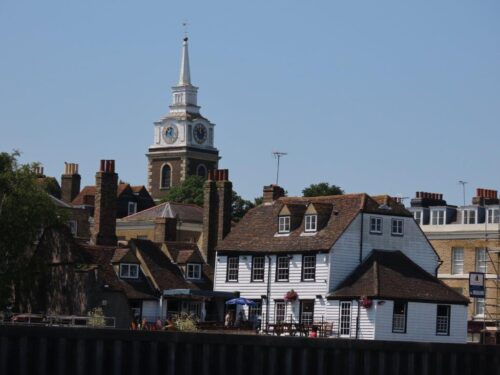So where were we? Gazing at a vast area of gently undulating grassland, the backlit, silvery grass heads picked out by the sun. No sound, save for Skylarks and Corn Buntings singing in the searing heat. The Spanish steppes? The causses plateaux in the Cevennes? Maybe the puszta of Hungary? The stuff of dreams in these pandemic times. No, we were atop a vast heap of domestic refuse, capped off with clay, and given a decade of rewilding: the Essex Wildlife Trust’s Thameside Nature Discovery Park.
Sadly, although I spent much of the first phase of my working career in south Essex, I cannot claim any of the credit for this (take a bow, John Hall, former EWT Chief Exec!). By the time my work took me elsewhere, the tip was still not yet full, and indeed restoration (and extension of the Nature Park) is still ongoing. But I did notify the adjacent Stanford Warren reedbed and the Mucking mudflats as an SSSI, commencing the discussions with the landfill operators which eventually led to the Nature Park. And I did spend several years of my life working on the project which converted the Shellhaven oil refinery into the London Gateway container port: those long hours in public inquiry left a legacy of replacement bird-rich mudflats (now Stanford Wharf RSPB reserve) on what had been standard coastal arable land.
That was one of the reasons for our holiday down there: to revisit some of the sites of my past by way of research for our (hopefully) forthcoming book. Another of course was ‘getting back on our horse’ after the heavy fall of Covid. And as it transpired, a jolly good part of the world to find interesting wildscapes, both natural and post-industrial, a model perhaps for the post-human lifescapes which will follow us…
That process of picturesque decay is underway in so many places, including (just down from the TNDP) at the iconic Modernist Bata building at East Tilbury…
… and still further south at Coalhouse Point…
..although Coalhouse Fort, designed to defend against attack, seems to be withstanding the ravages of time more effectively.
Tilbury Fort likewise, albeit more unassumingly, nested as it is into West Tilbury Marshes:
And ports can always be relied upon to produce interesting landscapes, both physical and metaphysical, those ports being at the ends of the golden threads which (should) tie us all together….
Then there is Chafford Hundred, a place of meaning and memory to me, as when I started working here it simply didn’t exist. A series of chalk pits, long disused, were earmarked for the largest new housing scheme in the country, and so became one of my very first big cases, into which I hoped to introduce at least an element of sustainability.
Thirty five years on, I do feel my efforts were worthwhile. Yes, there is presumably less biodiversity than before the building, but of course if the pits had been left undeveloped and unmanaged, they would do doubt by now be suffocating under the choking grip of Buddleia and invading trees, stealing the light from life on chalk.
Large swathes of some old pits and relict fragments of original Ancient Woodland have been retained, and are managed by the Essex Wildlife Trust…
… but just as important is the comprehensive network of green infrastructure which ramifies through Chafford Hundred, allowing movement of wildlife and human beings alike, and bringing important habitat patches into everybody’s reach.
The wildlife is special in the Essex context, as for us Chalk is such a rare base rock. Here, we have a small outlier of the North Downs, on the ‘wrong’ side of the Thames; capped with sands and gravels, and in the favoured warm microclimatic zone of the river, this provides conditions for a wide range of plants and animals, many of which are rare or absent elsewhere in the county.
Even in the heart of the estates, the ‘standard’ grass road verges have interesting plants such as Strawberry Clover…
… while the c2c railway embankments are simply festooned with chalky vegetation, brimming with life, in a way which would not be tolerated in our Greater Anglia part of the world, aka glyphosate central.
And our stay even allowed us to get across the water on the Tilbury Ferry, to take in the delights and charm of Gravesend.
The Thames Estuary, place of history and wildlife, big skies and panoramas, everywhere the imprint of a millennium of civilisation. However you see it, whether fingerprint or skidmark, it never fails to impress, and for me it was good to be back.
This section of the Essex Coast is due to feature in Volume 6 of our newly-renamed Not Just a Field Guide to the Essex Coast. Watch this space!
